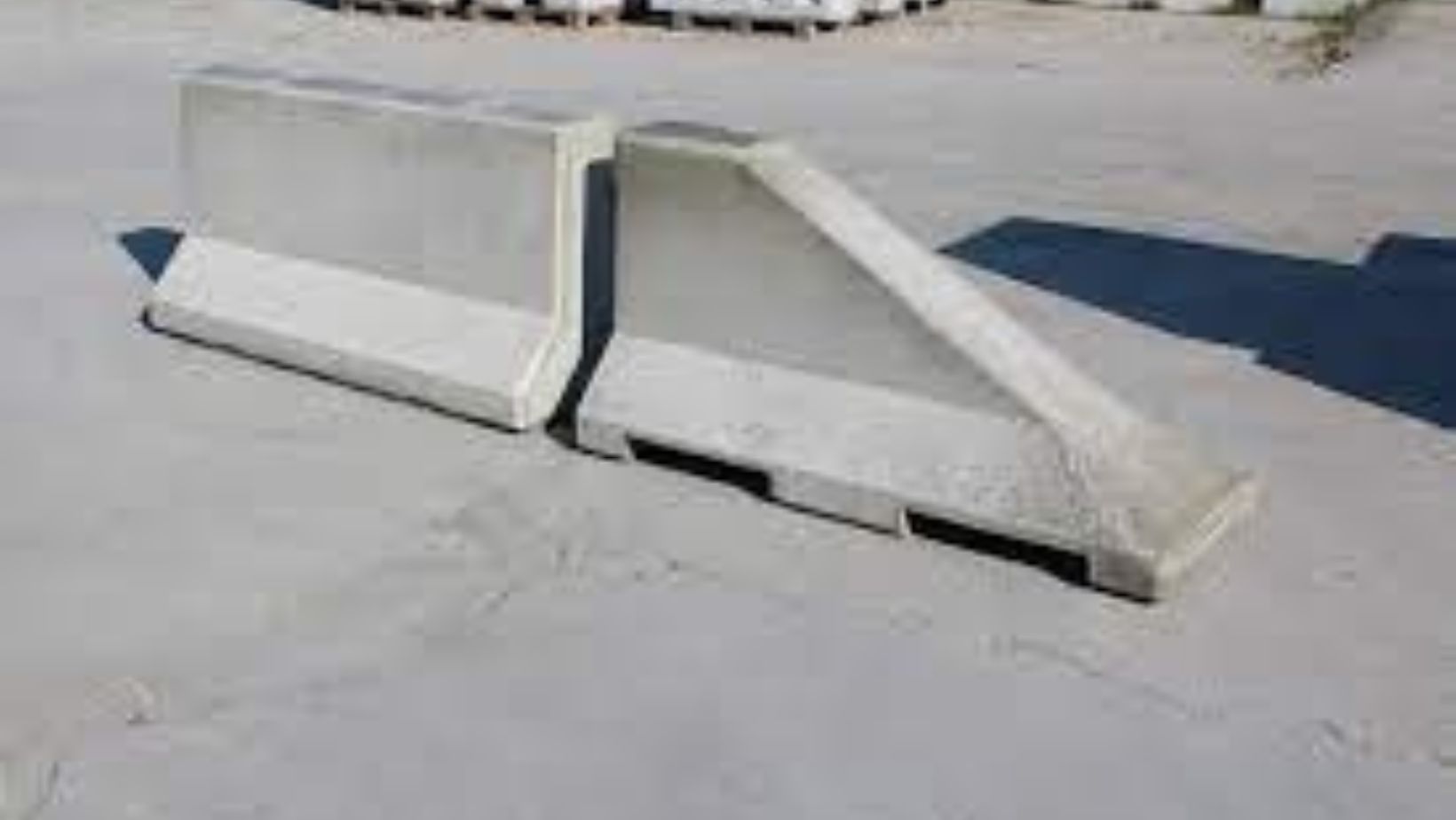Concrete barriers are essential for safety and traffic management in various settings. When considering barrier options, the choice between temporary and permanent solutions often comes down to cost-effectiveness. Temporary concrete barriers typically offer greater flexibility and lower upfront costs, making them ideal for short-term projects or situations requiring frequent relocation.
Permanent barriers, while more expensive initially, can provide long-term value for ongoing security needs. These sturdy structures offer enhanced durability and require less maintenance over time. The decision between temporary and permanent solutions depends on factors such as project duration, budget constraints, and specific safety requirements.
For highway construction and maintenance, concrete highway barriers play a crucial role in protecting workers and motorists. Both temporary and permanent options have their place in road safety, with temporary barriers excelling in adaptability for changing work zones and permanent barriers providing robust protection for high-risk areas.
Key Takeaways
- Temporary barriers offer flexibility and lower initial costs for short-term projects
- Permanent barriers provide long-term value and enhanced durability for ongoing security needs
- The choice between temporary and permanent barriers depends on project duration, budget, and safety requirements
Assessing the Effectiveness and Cost-Efficiency of Temporary Versus Permanent Barriers
Choosing between temporary and permanent concrete barriers involves carefully weighing costs, safety, and long-term effectiveness. The decision impacts budget allocation, maintenance needs, and overall project outcomes.
Comparing Initial and Lifetime Costs
Temporary barriers typically have lower upfront costs but may incur higher expenses over time. A single temporary barrier unit costs $20-$40 per linear foot, while permanent barriers range from $30-$60 per foot.
Rental options for temporary barriers can reduce initial outlays. This makes them attractive for short-term projects or those with uncertain timelines.
Permanent barriers offer better value for long-term applications. Their higher upfront cost is often offset by lower maintenance and replacement needs over decades of use.
Project duration is crucial in cost analysis. For projects lasting over 2 years, permanent barriers often become more cost-effective due to reduced maintenance and replacement costs.
Analyzing Durability and Maintenance Requirements
Temporary barriers require more frequent inspections and repairs. They may need replacement every 5-10 years, depending on usage and environmental conditions.
Permanent barriers boast superior durability. Well-constructed permanent barriers can last 20-30 years or more with minimal maintenance.
Maintenance costs for temporary barriers include regular realignment, repair of damaged sections, and eventual replacement. These ongoing expenses can add up significantly over time.
Permanent barriers typically need only occasional cleaning and minor repairs. Their robust construction withstands weather and impact better than temporary options.
Environmental factors like freeze-thaw cycles affect both types. However, permanent barriers are designed to better resist these stresses, reducing long-term maintenance needs.
Safety and Compliance in Varied Environments
Both temporary and permanent barriers must meet safety standards set by organizations like MASH (Manual for Assessing Safety Hardware).
Temporary barriers excel in adaptability. They can be quickly repositioned for changing traffic patterns or construction phases, enhancing safety in dynamic work zones.
Permanent barriers provide consistent, reliable protection. Their fixed nature makes them ideal for long-term hazard mitigation on highways and bridges.
In high-risk areas, permanent barriers offer superior impact resistance. They’re better suited for protecting against severe crashes or containing larger vehicles.
Temporary barriers shine in urban environments where space is limited. Their narrower profile allows for tighter work zones while maintaining traffic flow.
Climate considerations affect barrier choice. In areas with harsh winters, permanent barriers may be preferable due to their ability to withstand snow plowing and de-icing chemicals.
Application-Specific Considerations for Barrier Selection
Selecting the right barrier type depends on project duration, location, and environmental factors. Each scenario requires careful evaluation of safety needs, cost-effectiveness, and practical implementation.
Short-Term Projects and Events
Temporary concrete barriers excel in short-term applications. These portable units offer quick installation and removal, making them ideal for construction sites, road repairs, and special events.
For crowd control at festivals or sports events, water-filled barriers provide a flexible solution. They’re easily transported empty and filled on-site, reducing setup time and labor costs.
In emergency situations, such as natural disasters or accidents, temporary barriers can be rapidly deployed to redirect traffic or create safe zones. Their portability allows for swift response to changing conditions.
Long-Term Infrastructure and Traffic Management
Permanent concrete barriers are the go-to choice for long-term traffic management. Their superior impact resistance and durability make them suitable for highway medians and bridge edges.
These fixed installations often incorporate reinforced designs to withstand repeated collisions. While initially more expensive, their longevity and minimal maintenance needs can offset costs over time.
For urban settings, permanent barriers can be customized to blend with surroundings. Some designs integrate pedestrian walkways or decorative elements, serving multiple functions beyond traffic separation.
Impact of Extreme Weather on Barrier Stability
Extreme weather poses unique challenges for barrier selection. Permanent concrete barriers typically offer better stability in high winds and heavy rain due to their weight and anchoring systems.
Temporary barriers, especially water-filled types, may require additional securing in severe conditions. However, they can be quickly drained and moved if flooding occurs, providing adaptability in changing weather.
In areas prone to freeze-thaw cycles, permanent barriers with specialized concrete mixes show better resistance to cracking and deterioration. Temporary options might need more frequent replacement in harsh climates.
Conclusion
Choosing between temporary and permanent concrete barriers depends on specific project needs and budgets. Temporary barriers offer flexibility and cost savings for short-term use. Permanent solutions provide long-lasting protection and durability.
Careful analysis of project requirements, duration, and available resources is essential. This evaluation helps determine the most cost-effective and suitable barrier option. Ultimately, the right choice balances safety, functionality, and financial considerations.

